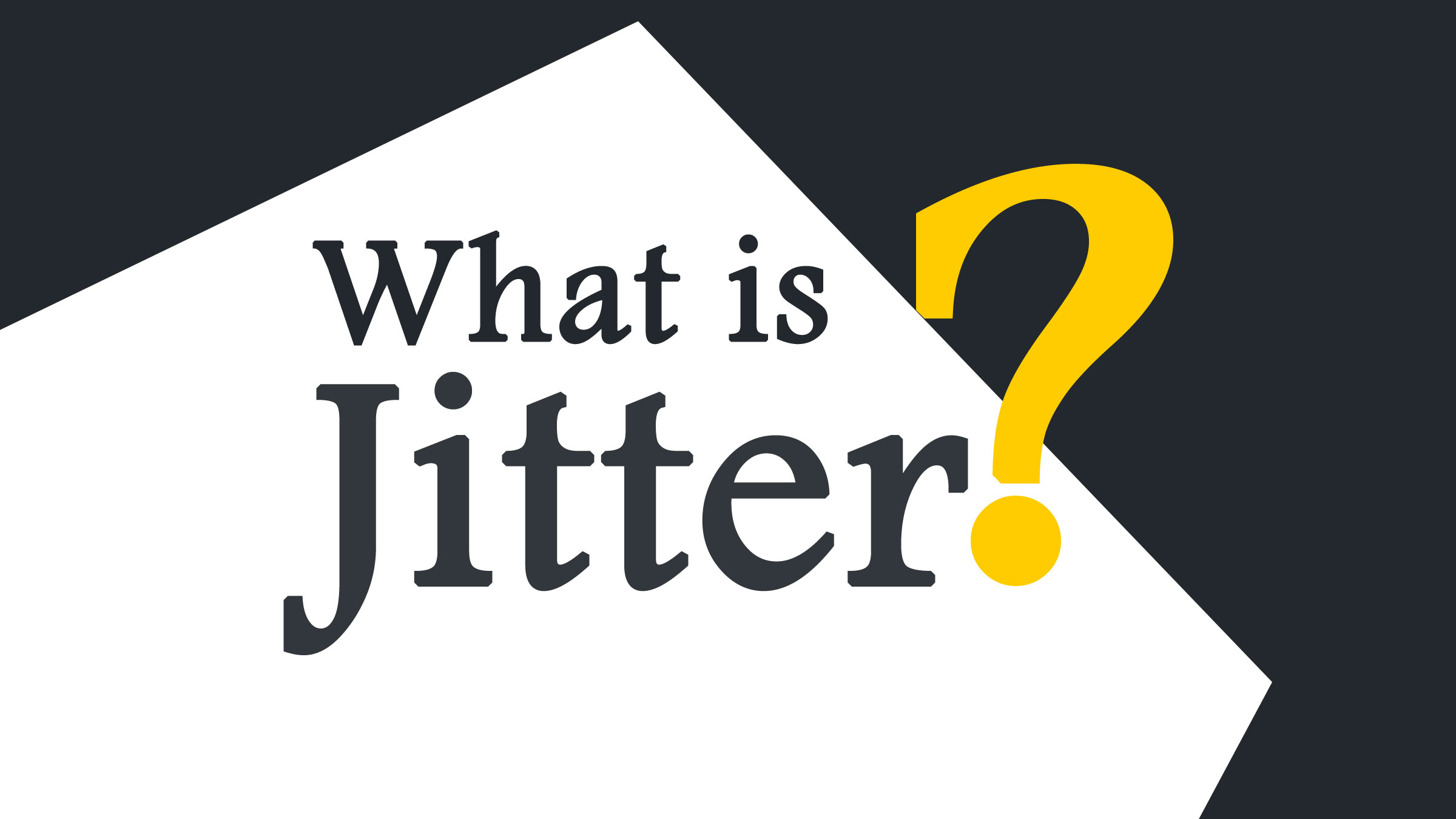

If we consider a particular communication session, at the sending station the message is split up into packets, the packets are then routed through the network, and at the receiving station, the packets are arranged in the proper order before being presented to the user application. More examples of network devices include routers, switches, satellite gateways, satellite earth stations, and other transmission equipment. Examples of wireless links include Wi-Fi, cellular data, broadband wireless links, and satellite links. Examples of wired links include long-haul fiber, DSL, and the Ethernet cables used in your home or office.


The network links can be wired or wireless. The packets are transmitted through a network comprised of links and devices. Modern digital communication is based on the transmission of data packets from a sender to a receiver. The third car reaches the venue 50 minutes after the ceremony – and all the food – has been finished! The third car takes a different route and Two cars take the same route to the venue and reach 10 minutes before the ceremony starts. What is Jitter? Before getting into the technical nitty-gritty, let’s consider the following analogy:Ī family of 10 has to attend a wedding.


 0 kommentar(er)
0 kommentar(er)
